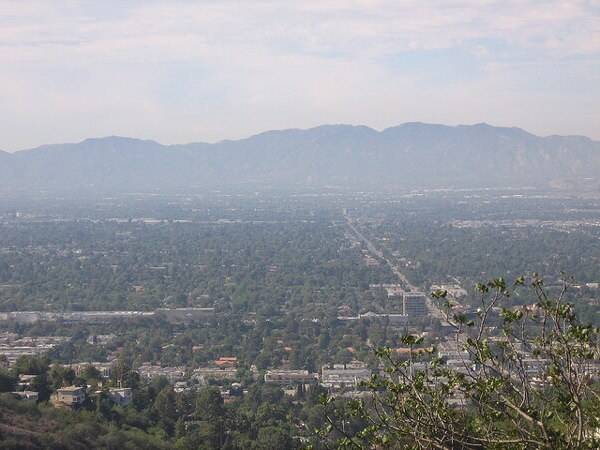Redistricting: Should Valley Districts Completely Stay within the Valley?

Redistricting seems to be the one governmental process that can unite members of both aisles. And by unite I mean join together in fighting each other tooth and nail. I have previously detailed the numerous fights -- both at the courthouse and in the ballot box -- surrounding the newly drawn state legislative lines. Now comes word that a fight is brewing on the local level as well.
Valley leaders are asking for the creation of new city council maps. Specifically, representatives for the San Fernando Valley are urging the creation of six districts completely contained in the Valley. These districts would not stretch over the hill. Currently there are seven city council districts in the Valley. So why would they want fewer districts? Two of those districts stretch over the hill into West Los Angeles and Hollywood.
The creation of six districts totally contained in the Valley would therefore increase the voice of those living, as we say in L.A., "over the hill." This strategy makes sense, at least to those living in the Valley. A representative who has to consider the needs of constituents on both sides of the hill would likely be be less attuned to the needs of constituents in the Valley than someone representing a district wholly contained in the Valley.
To understand why the creation of districts wholly contained within the Valley (as opposed to keeping the status quo, which includes districts on both sides of the hill) would give Valley residents a greater voice in Los Angeles politics one must to some extent look into the psyche on Angelenos. Certainly there are far too many things that divide us -- because of the city's layout, we share few common experiences. No doubt one of greatest dividers in Los Angeles is geography. We divide ourselves between east and west and certainly between north and south. Often we divide (and to a certain extent define) ourselves by where we live. In this debate the greatest divider may be "the hill" which separates the Valley from the rest of Los Angeles. There are, no doubt, places in Los Angeles where you can hear discussions about "eastsiders," "westsiders" and "Valley dwellers."
It remains to be seen whether Valley leaders will win and whether there will be six city council districts there. It does seem clear that many people who live in the Valley do not believe that they share common interests with non-Valley dwellers and mistrust public officials who say they will represent both sides of the hill.
The Los Angeles City Council will need to vote on final maps by July 1.


